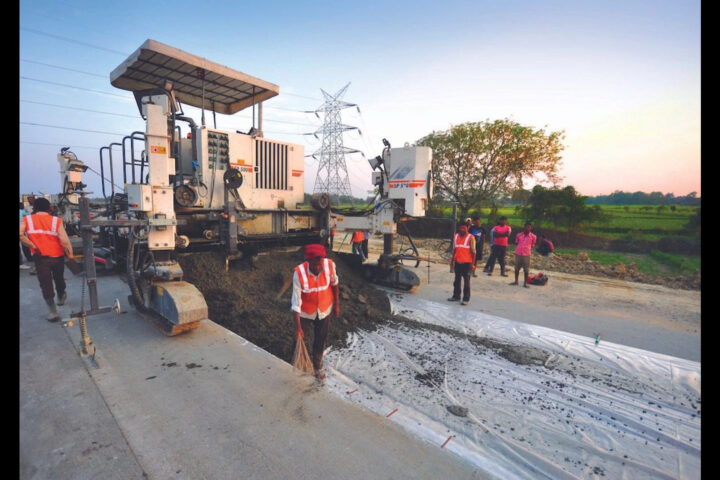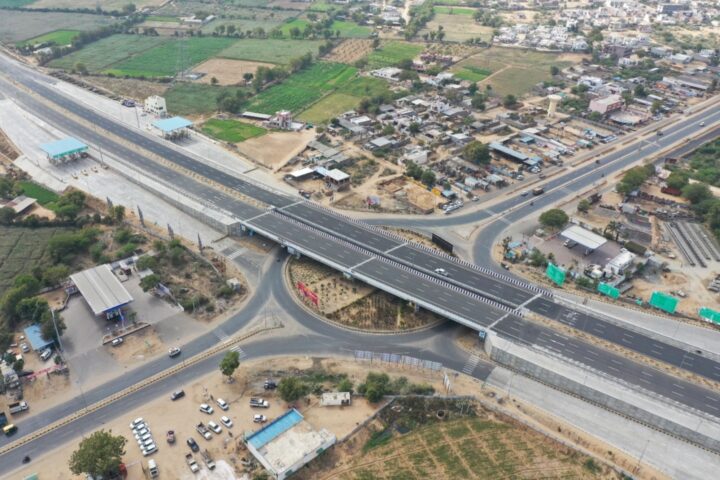by Rohit Reddy, Co- Founder & CEO, Truliv
The idea of “home” in India’s cities is totally changing. For our parents’ generation, home meant stability, something you owned forever. But for today’s workers—the ones shaped by moving constantly and living online—that definition is completely different. What started out as just another rental option has morphed into a full-blown lifestyle choice: co-living.
This isn’t some passing fad. Co-living is a clear sign of what young India wants now: more community, more convenience, and more freedom in how they settle down.
A Nation That Can’t Stop Moving
India’s rental market is expected to hit a massive ₹1.15 lakh crore by 2025 (JLL data), all because a new generation is prioritizing flexibility and freedom over having a mortgage. Get this: 50% of this demand comes from Gen Z, and another 30% from Millennials—that’s a huge base of over 5.5 crore students and working people moving into cities.
Yet, despite all this movement, our major cities are still short by nearly 6 crore beds. University hostels can only fit about 34 lakh students, leaving a deficit of almost 90 lakh beds that rely on those informal, often dodgy, PG and rental spots.
For these young people on the move, the old-school rental options—the fixed, super-long leases, the giant security deposits, and the basic amenities—just don’t work anymore. Co-living showed up to fix that, offering comfort, affordability, and a social life all under one roof.
Why Co-living Simply Works Better
At its heart, co-living is about freedom and function. You get freedom from dealing with brokers, being locked into long leases, and paying steep deposits. And you get function through smart, move-in-ready spaces designed for a digital life.
A recent 2024 report from Colliers India found that co-living rent is up to 35% cheaper than renting a traditional 1BHK apartment in big metros like Bengaluru, Chennai, and Pune. For residents, this means they get high-end amenities for less money, and they skip all the logistical headaches of running their own household.
The Real Reasons Co-living Took Off:
Flexibility: We’re talking short-term leases, zero-deposit models, and plug-and-play living.
Affordability: Sharing things like common areas means your individual costs drop without sacrificing comfort.
Community: Events, lounges, and shared kitchens genuinely create human connection—it’s a powerful fix for feeling isolated in a big city.
Convenience: Everything is managed through an app, payments are automatic, and on-demand services make life totally seamless
Solving the Urban Isolation Problem
Co-living isn’t just a band-aid for a housing shortage; it’s quietly tackling some huge social and spatial issues in Indian cities.
According to a 2023 Knight Frank survey, over 40% of working professionals in our major metros live by themselves, and nearly 67% of them admit to feeling socially disconnected or lonely. For a generation that spends most of its time staring at screens, this lack of real-world connection has created what experts call the “urban loneliness paradox”—you’re surrounded by people but feel completely alone.
Co-living spaces are built specifically to counter this. By setting up planned community events, hobby groups, and networking nights, the operators turn regular buildings into micro-neighbourhoods where friendships, mentors, and collaborations just happen naturally. This social setup is incredibly valuable for people new to a city for a job or school—it gives them an instant feeling of belonging.
Beyond the social aspect, co-living is also playing a huge role in making our cities smarter. Companies are doing what’s called adaptive reuse: they’re taking old, empty places—hostels, guest houses, unused commercial buildings—and turning them into vibrant residential spots. This maximizes the use of existing space and infrastructure, which is totally in line with India’s push for sustainability and smart cities.
From a planning perspective, this model supports sustainable urban densification—it lets more people live near city centers without having to buy up new land or build massive complexes. Plus, shared facilities mean less strain on water and power utilities, reducing the overall resource footprint per person.
In short, co-living is a new way to think about city development—one that perfectly blends efficiency with human empathy. It handles the physical demand for housing and the emotional need for connection, making cities genuinely better places to live.
The Lifestyle Change- From Owning to Experiencing
What really sets co-living apart isn’t the furniture; it’s the mindset behind the move.
For young city dwellers, the definition of success has changed. Owning a house, once the ultimate sign of making it, is no longer the main life goal. Instead, this generation values experiences, flexibility, and freedom—the ability to live life exactly how they want.
Our own research shows that 69% of Millennials prioritize things like being close to work, safety, and social infrastructure when choosing where to live, while only a tiny 5% said affordability was the most important factor. This shows a huge shift—it’s no longer about “finding a roof,” but about curating a personal lifestyle.
With careers being more fluid and people moving cities every 18 to 24 months, investing in property just feels both impractical and emotionally draining.
For today’s young professionals, renting isn’t just a temporary thing anymore—it’s a smart, well-thought-out decision that totally supports their fast-paced, dynamic lives.
Co-living hits that sweet spot perfectly. It gives you the best of everything: a feeling of autonomy even though you’re in a managed building, privacy but with a great social life right there, and living spaces that are deliberately designed to make your day-to-day simpler, safer, and much more inspiring. You get freedom without feeling isolated, and comfort without any sacrifices.
But it goes deeper than just being functional; co-living fills a real, deep emotional void. At a time when loneliness is skyrocketing and most of our social circles exist only online, this community-focused way of living brings back a genuine sense of belonging. It transforms a few walls into a little micro-community where people bond over shared interests, goals, and big dreams.
Honestly, a lot of people are starting to realize that co-living isn’t a downgrade from traditional rentals—it’s a definite upgrade to a lifestyle that just fits the reality of modern city life: it’s vibrant, connected, and packed with great experiences.
What’s Next
With close to 1 crore young people joining the workforce every single year, the demand for flexible, well-run housing right near major business hubs is only going to accelerate.
The next big things you’ll see in the co-living space will definitely include:
Building wellness and sustainability right into the core design of every space.
Creating hybrid zones that perfectly mix living areas with dedicated co-working offices.
Introducing subscription-style models that let residents hop between different cities under the same brand without any hassle.
Bottom Line: It’s Not a Trend, It’s a Life Change
Co-living isn’t just patching up a temporary housing shortage—it’s fundamentally changing the cultural landscape of how people in India live. It marks a generational shift away from static homeownership and toward a flexible, experience-first life.
As our cities get tighter and life gets faster, people are looking for homes that simplify their existence, build connections, and support their well-being.
In that sense, co-living isn’t really about renting a room. It’s about reclaiming human connection in a modern world—and that’s an idea worth betting on.



















